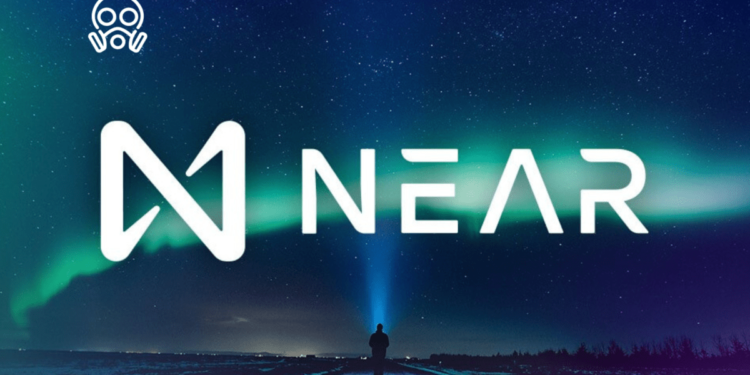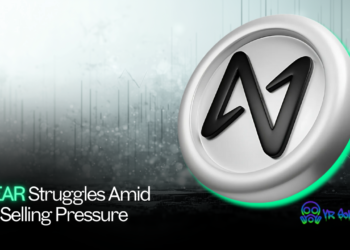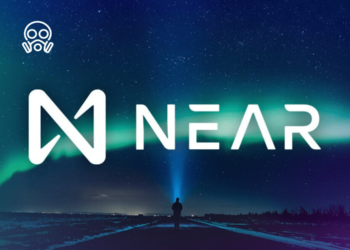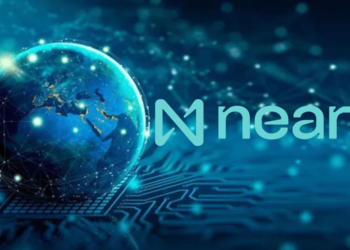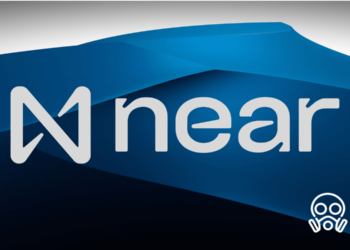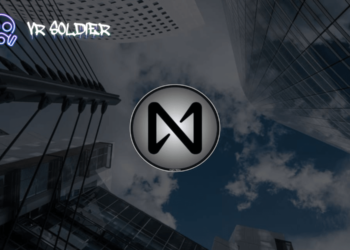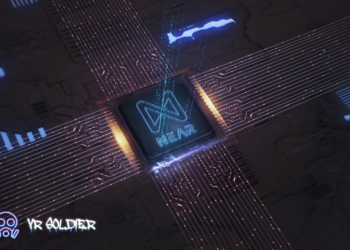The NEAR ecosystem has been progressing towards the chain abstraction vision since its inception in 2018, emphasizing usability, a versatile account model, and a highly scalable blockchain capable of supporting mainstream apps with billions of users. Today, the stack has broadened to enable complete chain abstraction across various chains and all types of apps.
How does NEAR accomplish Chain Abstraction?
Anyone constructing an app in Web3 will benefit from accessing such an extensive market of potential users, as in this instance––i.e. anyone who utilizes apps. While developers currently choose a network based on liquidity access or users of a specific rollup or chain, in a chain abstraction future, they can simply build with the best technology, and users will gravitate towards the best experiences.

Imagine if a Gmail user couldn’t effortlessly send a message to an Outlook address––it doesn’t make sense. The same principle applies to Web3 addresses. The fundamental premise of chain abstraction is that end users are indifferent to the underlying blockchain; they just want apps to function. In reality, blockchains serve as infrastructure to extract value from Web3: security of assets from seizure, economic opportunity, elimination of middlemen in transactions, global permissionless identity, data provenance, entertaining experiences, and more.
NEAR: The Vision
The central objective of chain abstraction is to streamline the increasingly fragmented modular landscape of Web3. Although this will be most noticeable at the user experience layer, the defragmentation of liquidity and accounts is achievable due to innovations at the security layer.
Zero knowledge (ZK) introduces a fundamentally new approach to ledger security. Previously, one needed to trust a decentralized set of validators, but now, even a single computer can demonstrate that rules were followed with a simple proof. This implies that developers, instead of being constrained to build on a shared chain or invest vast resources to launch a new one, can effortlessly set one up on their single server.
Cross Settlement
This new paradigm introduces the concept of cross settlement: as more chains become fully ZK provable, if some proof is published on other chains, there is no way to revert this chain without also needing to revert other chains. Transactions from one chain can also settle on multiple others via ZK proofs. This offers mesh security as all proofs continuously get aggregated, allowing the secure movement of assets between such chains.
To achieve unified security, two elements are required at the bottom of the stack: Data availability, providing a means for everyone to sync even if the operator is offline, and a decentralized sequencer for applications lacking a central operator.
Account Aggregation
The next layer is identity within that unified security. Users can possess an address on all conceivable chains and freely move assets between them. From a user perspective, this should be a single account where they engage with apps on different chains, and assets either get bridged or swapped automatically.
The reference to this as “account aggregation” and will share more details about it in another post soon. NEAR will introduce the next version of FastAuth in March 2024, featuring mapping for NEAR addresses to EVM, Bitcoin, and other addresses. NEAR accounts can request to sign a transaction for another chain, enabling them to build multichain apps directly as smart contracts on NEAR.
The Application Layer
The final layer is unifying the experience layer, or the application layer (e.g. DapDap) offering a way to interact with apps on various chains without users switching or needing to depart from a single interface. A decentralized frontend can furnish convenient components to build in a chain-abstracted manner. NEAR can accomplish this through NearJS, combining data indexing and decentralized frontendsV2 also arriving in March 2024.

